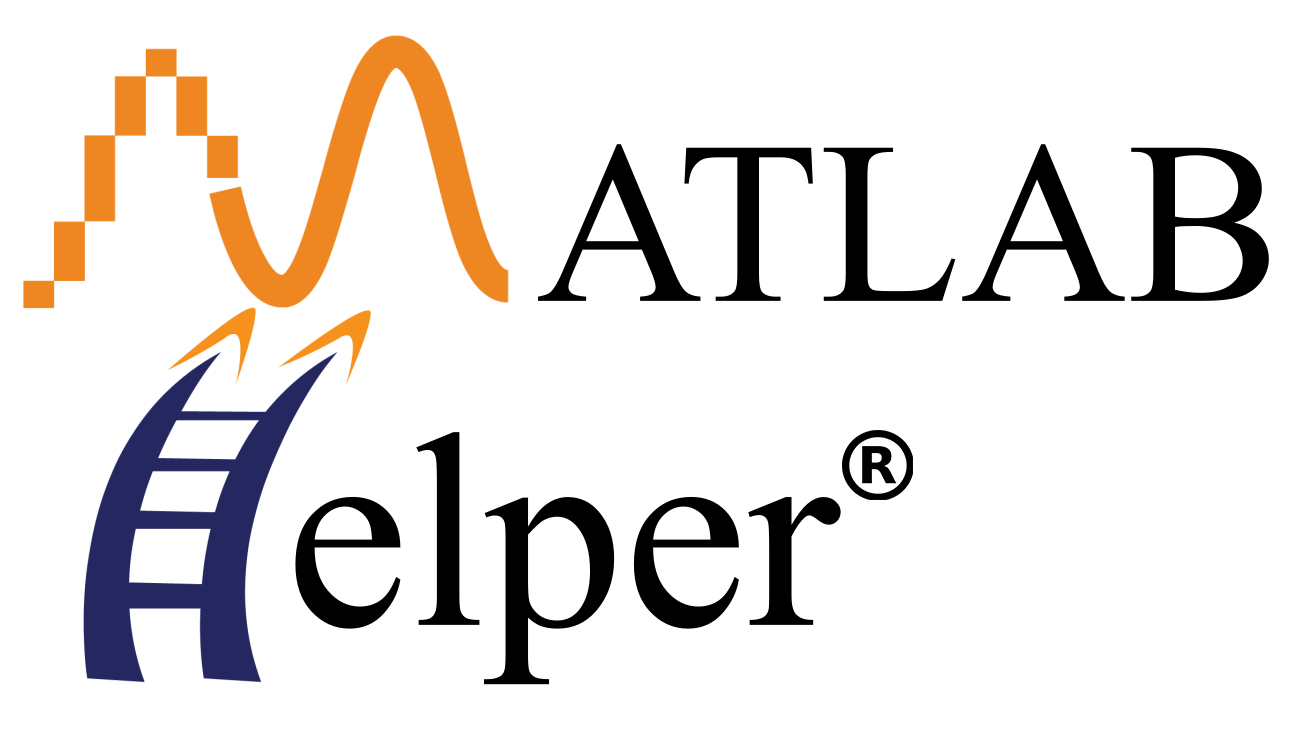

Interference is a fascinating phenomenon that occurs when two waves combine to form a new wave. According to Wikipedia, interference is a phenomenon in which two waves combine by adding their displacement at every single point in space and time to form a resultant wave of greater, lower, or the same amplitude.
Imagine two ripples on a pond coming together - as they meet, they can either reinforce each other and create a larger wave, or cancel each other out and create a calm spot. This is the basic idea behind constructive and destructive interference. These interferences result due to the interaction of waves that are correlated or coherent with each other. Interference effects can be observed with all waves, for example, light, radio, acoustic, surface water, gravity, or matter waves.
Scientists use special tools called interferometers to study interference and make precise measurements. These are essential optical tools used to precisely measure wavelength, distance, refraction index, and optical beams' temporal coherence. One of the most famous interferometers is the Michelson Interferometer, invented by Albert Michelson in 1890.
In the Michelson interferometer, light from a source is split into two beams at a beam splitter (partially reflecting mirror).


Physical apparatus setup of Michelson Interferometer
The light beam travels to the beam splitter, where it is partially reflected and partially transmitted.  and
and  are plane mirrors where
are plane mirrors where  is a fixed mirror while
is a fixed mirror while  is movable. In normal settings, the mirrors
is movable. In normal settings, the mirrors  and
and  are perpendicular to each other while the beam splitter is at an angle of to the mirror. From the beam splitter, the light goes to a mirror
are perpendicular to each other while the beam splitter is at an angle of to the mirror. From the beam splitter, the light goes to a mirror  and is reflected to the beam splitter while the other beam is reflected from the mirror
and is reflected to the beam splitter while the other beam is reflected from the mirror  back to the beam splitter. The two beams recombine and are then detected at the detector.
back to the beam splitter. The two beams recombine and are then detected at the detector.
The two waves will interfere constructively or destructively as per the following conditions of path difference,
Destructive interference gives us a dark spot. It is given by,

Constructive interference gives us a bright spot. It is given by,

Assume the two mirrors  and
and  is illuminated by an incident plane wave. The mirror
is illuminated by an incident plane wave. The mirror  is titled at an angle
is titled at an angle  for the X axis. Let the Origin of the coordinate system be the centre of mirror
for the X axis. Let the Origin of the coordinate system be the centre of mirror  . The waves are reflected normally by mirror
. The waves are reflected normally by mirror  (wave 1) and at an angle
(wave 1) and at an angle  to the Z axis by mirror
to the Z axis by mirror  (wave 2).
(wave 2).

The electric fields for the two plane waves at the point on the screen of the detector are,


The resultant electric field at the detector is given by,




The intensity S of the combined beam is given at the detector screen as,

which can be solved to get,




If the two mirrors are precisely parallel , then the intensity on the screen is,

and the whole area of the screen will be uniformly illuminated. The image below shows how you can represent this condition.

Optical equivalent of Michelson Interferometer
The screen will be dark for an integral multiple of a wavelength and bright when there is an odd multiple of a half-wavelength.